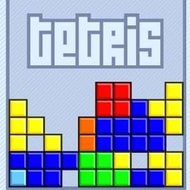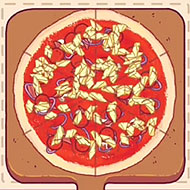Recommended Games
Tetris Flash

Tetris Flash reimagines the classic falling block formula with dynamic rules, color-specific mechanics, and a race against time to clear targeted pieces and complete shifting objectives.
How the Core Mechanics Evolve
This game takes the traditional Tetris model and modifies it by introducing flashing blocks that serve as priority targets. While the basic gameplay of rotating and fitting pieces remains, Tetris Flash adds a strategic layer by assigning special value to certain pieces that must be cleared to finish a round. Clearing non-essential blocks doesn’t advance the game, encouraging more thoughtful placement.
Target Blocks and Puzzle Layers
The unique feature of Tetris Flash is the use of glowing or flashing blocks within random pieces. These need to be aligned and cleared using standard line-clearing rules. If flashing pieces are left untouched for too long, they can create large, unmovable structures that block progression.
- Focus on flashing targets instead of just clearing rows.
- Stack efficiently to keep flashing blocks accessible.
- Avoid rushing—poor placement can bury objectives.
Time-Based Pressure and Scoring
Tetris Flash often uses a countdown clock or round timer, increasing urgency as you progress. While you can’t lose from overstacking alone, failing to clear target blocks within the time limit can cost you the round. This change from traditional game mechanics adds stress and depth to the gameplay. You’re rewarded for accuracy, foresight, and speed.
Playing Tactically in Later Stages
- Plan three moves ahead to keep flashing blocks near the top.
- Use vertical clearance when possible—it opens gaps quickly.
- Build horizontal shelves to slow down fall speed when under pressure.
Tetris Flash reinvents a classic game with a clever twist, keeping the core appeal intact while introducing new priorities that demand smart planning, precise execution, and adaptive play.























